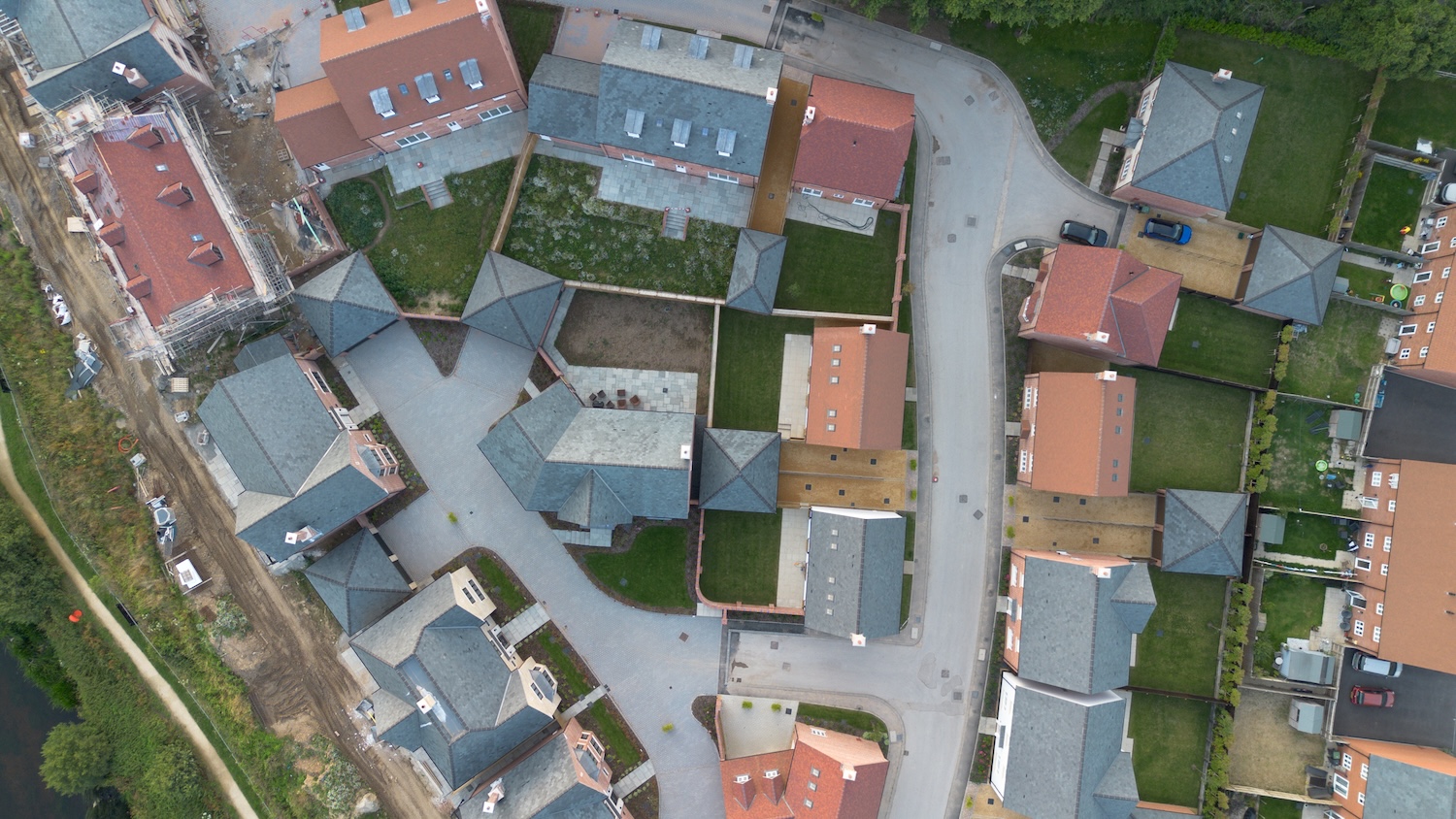
With the built environment drowning in data, there needs to be a more pragmatic approach to harnessing it for the benefit of housebuilding, argues Naismiths CTO Gareth Parker.
There is no question that the built environment has gone through a tumultuous time over the past five years. The combination of supply chain challenges – caused by the pandemic and the war in Europe – and the ongoing spike in inflation that has lasted for the best part of two years has seen costs skyrocket, which in turn has eaten into the already tight margins the industry works within.
It’s against this backdrop that we are trying to tackle one of the worst housing crises in Western Europe. And while the policy noise out of Westminster has been encouraging – a smoother planning system to help deliver 1.5 million new homes by 2029 being the headline grabber – the reality is that there are many fundamental challenges that need addressing within the built environment before we can even dream of hitting ambitious targets.
One way we can start to chip away at this mountain of a problem is through better use of data. The built environment has untold reams of data, but has historically been poor at interrogating it and turning it into actionable insight.

“Data’s biggest selling point in this current scenario is that it can help mitigate risk and add an element of predictability to situations that have traditionally relied on educated guesswork.”
However, the advent of readily available AI has started to turn the tide, meaning data that would previously have taken hours’ worth of analysis can be processed and engaged with through chatbot-type interfaces in a matter of seconds. As a result, those in the industry are gradually beginning to engage more with the proptech sector as its benefits start to become more apparent.
Predictability not guesswork
Data’s biggest selling point in this current scenario is that it can help mitigate risk and add an element of predictability to situations that have traditionally relied on educated guesswork.
An area that illustrates this is demand forecasting and how that can then apply to cost projections over the life of a project. By using a platform that can pull together relevant data from a huge range of sources – including things like the ONS Business Insights and Conditions Survey and regional affluence indexes – you can make increasingly accurate predictions around how much a project is going to cost, informed by trends identified by that data.
For example, we recently applied this approach on a student accommodation project, and the projection based on previous data came in within 1% of the actual cost. If you can reason with your data properly, these models can predict important factors with a high degree of accuracy while also providing value in identifying anomalies, highlighting those projects that are outliers in terms of risk.
In a highly competitive industry where margins are increasingly squeezed, being fully appraised of this risk is mission critical, both for the funders backing developments and the contractors and consultants working on the project. You only have to look at the recent situation with ISG to see how things can go very wrong, very quickly for a major contractor when faced with a handful of loss-making projects. Being able to identify the risk, mitigate it properly and ensure that projects are delivered within the expected parameters is vitally important.
Embrace data before it’s too late
In the housebuilding market, Vistry’s recent woes are a prime example of how badly things can go wrong when the data isn’t used in the best and most accurate way. Mistakes in its projections for nine of its major housing developments meant that build costs were understated by as much as 10% – equating to an overall profit hit of £115m. But the bigger worry for the business is the impact that has on overall trust and confidence in future developments.
These two situations – both affecting businesses that have until recently turned over hundreds of millions of pounds – really hammer home how important it is to be investing early in data-driven approaches ahead of time, rather than reacting when it could already be too late.
If the built environment can begin to embrace and take a pragmatic approach to using data, that data can give them the agency to minimise and reduce risk, get greater certainty when it comes to costs and, crucially, increase confidence in the market.
Don’t miss out on BIM and digital construction news: sign up to receive the BIMplus newsletter.











